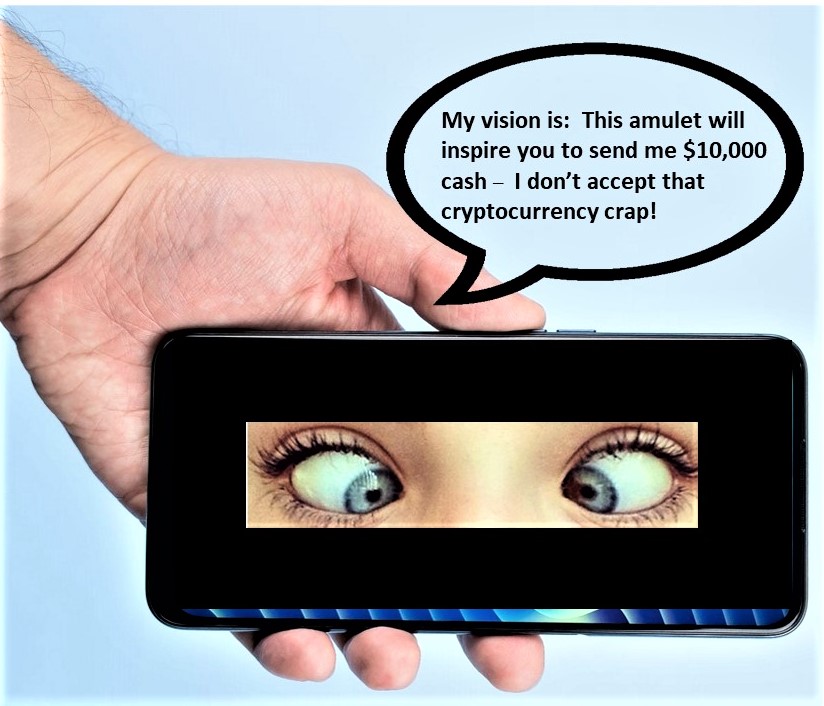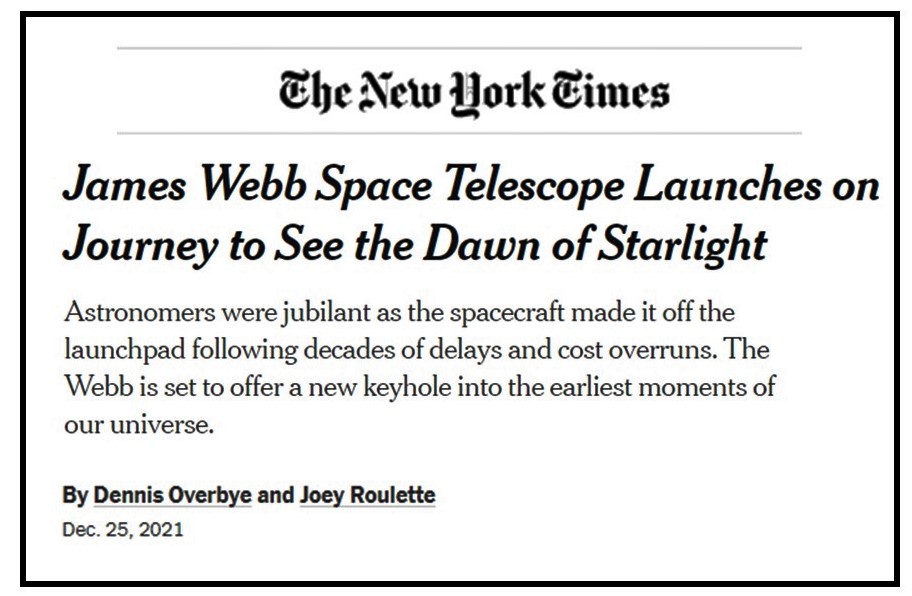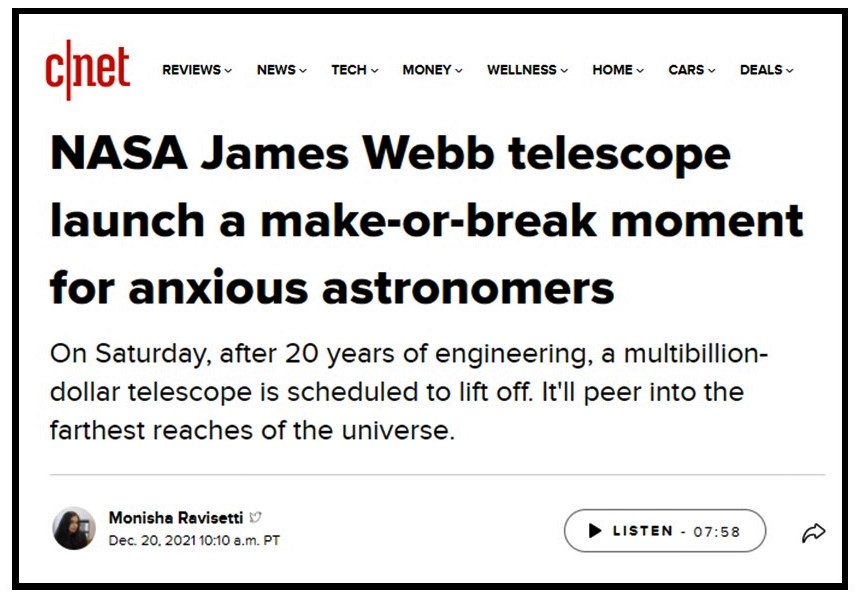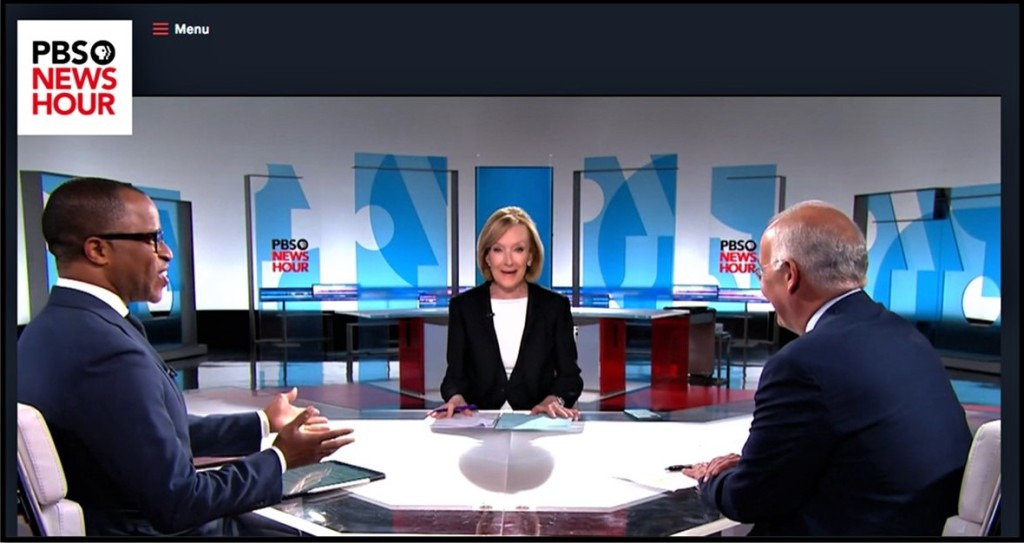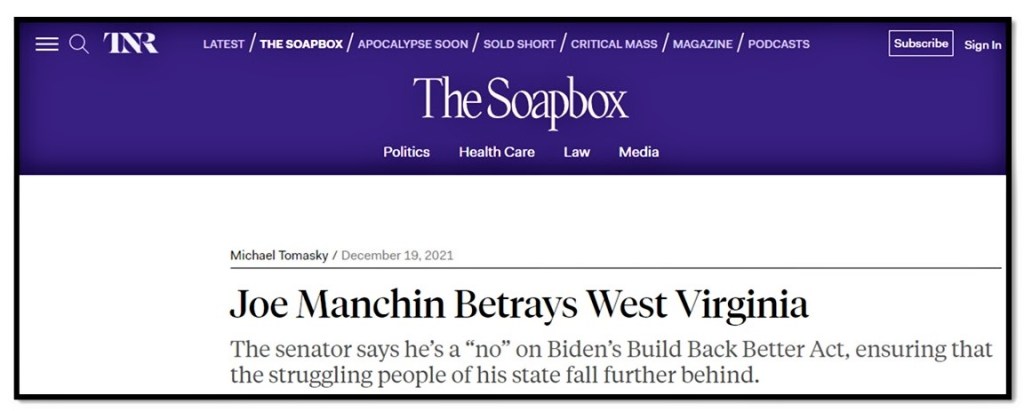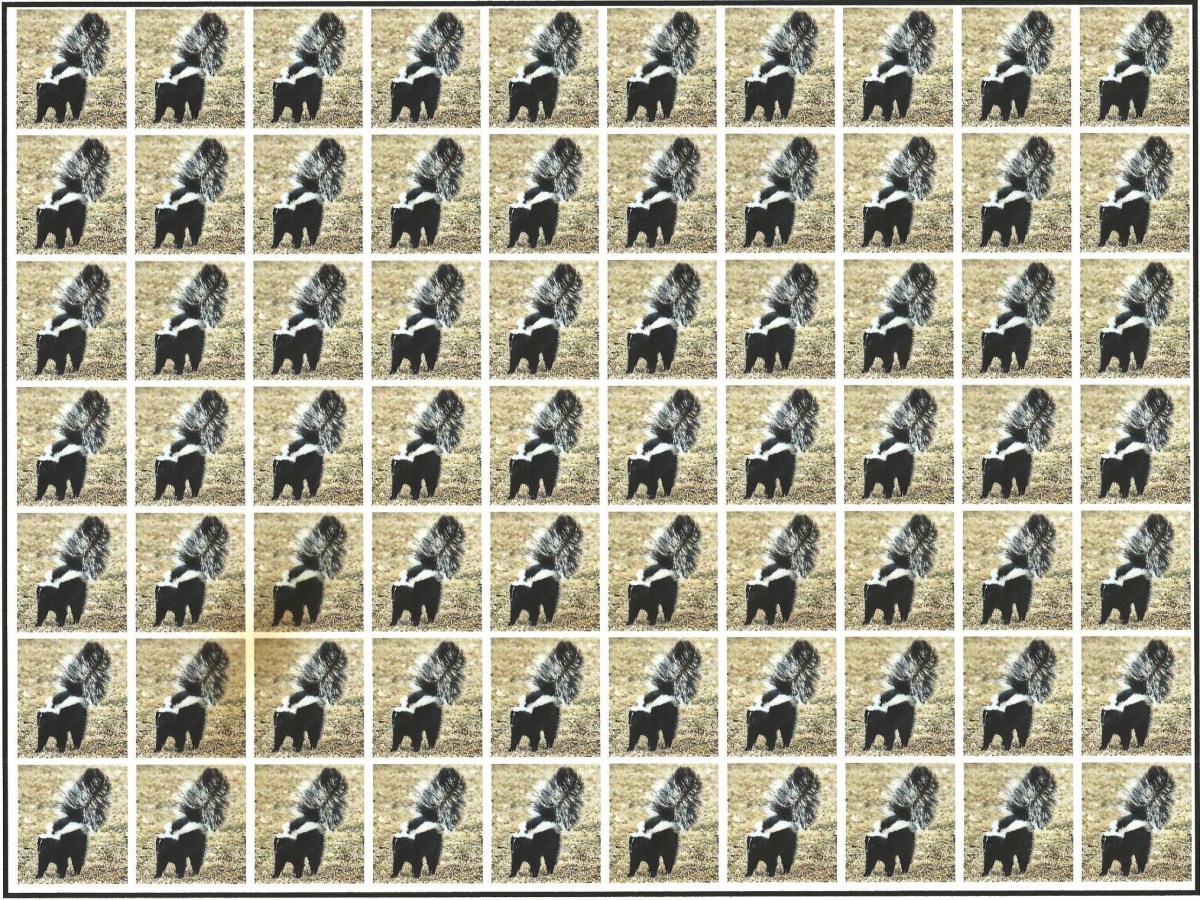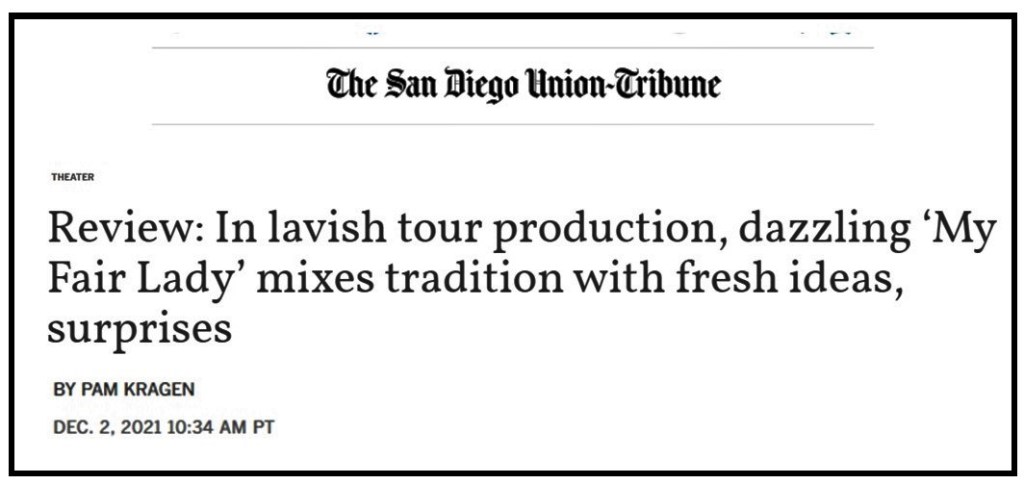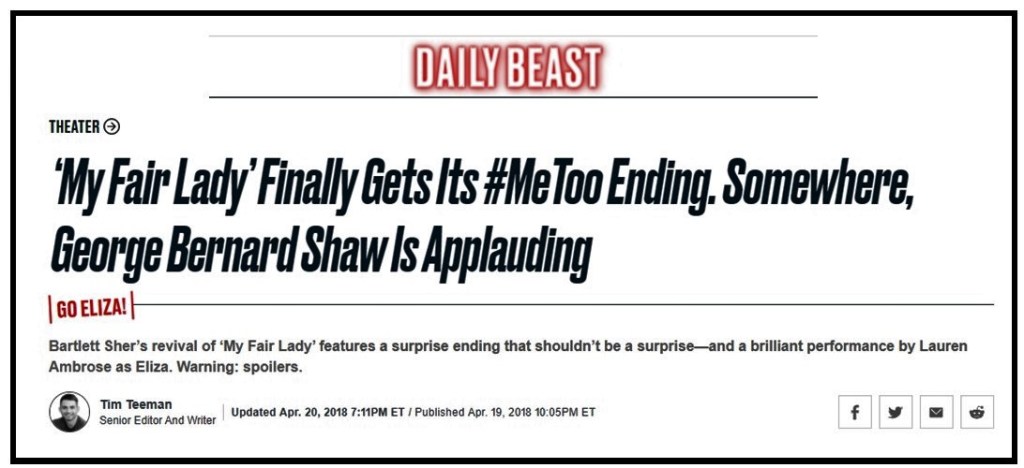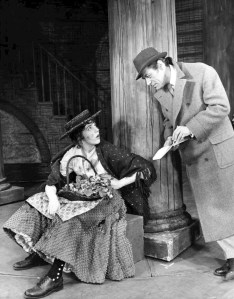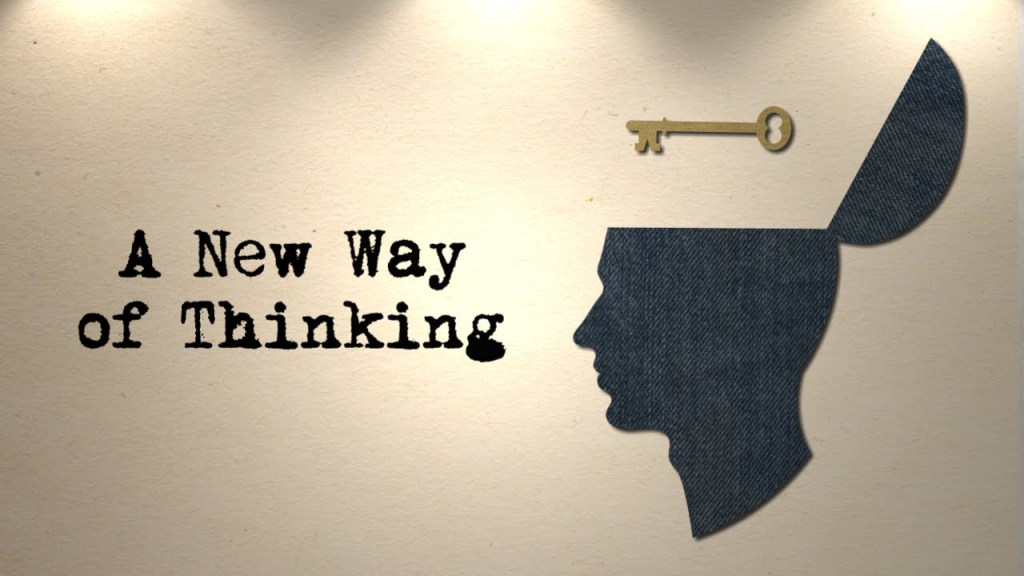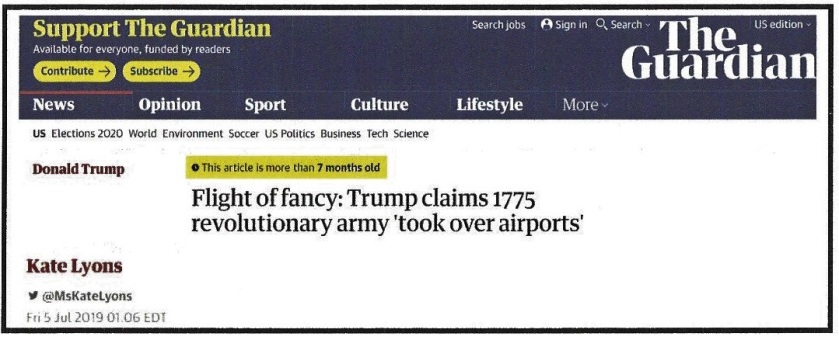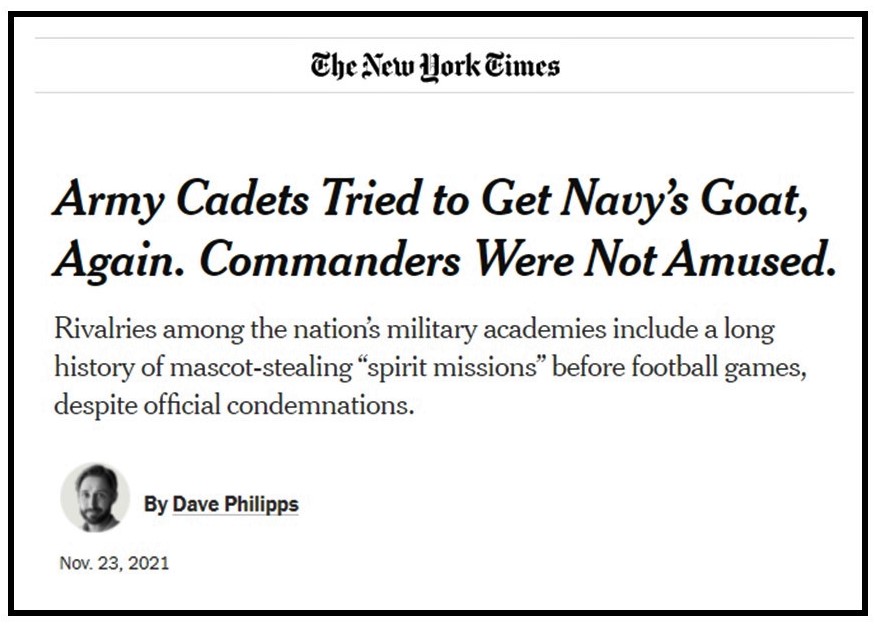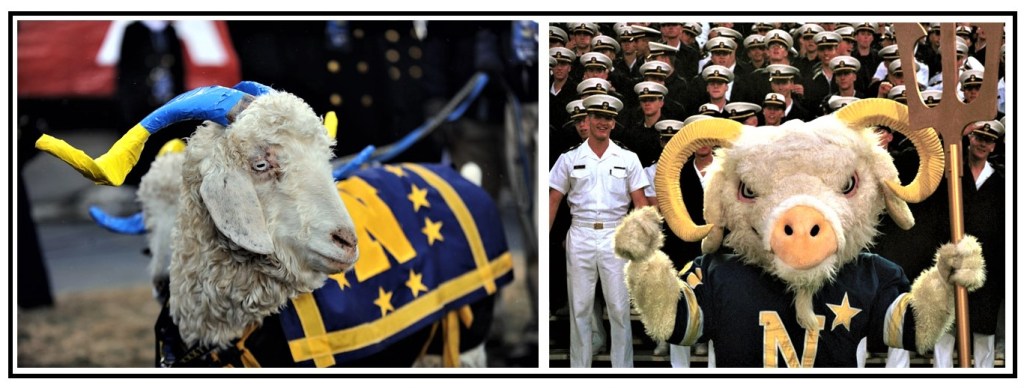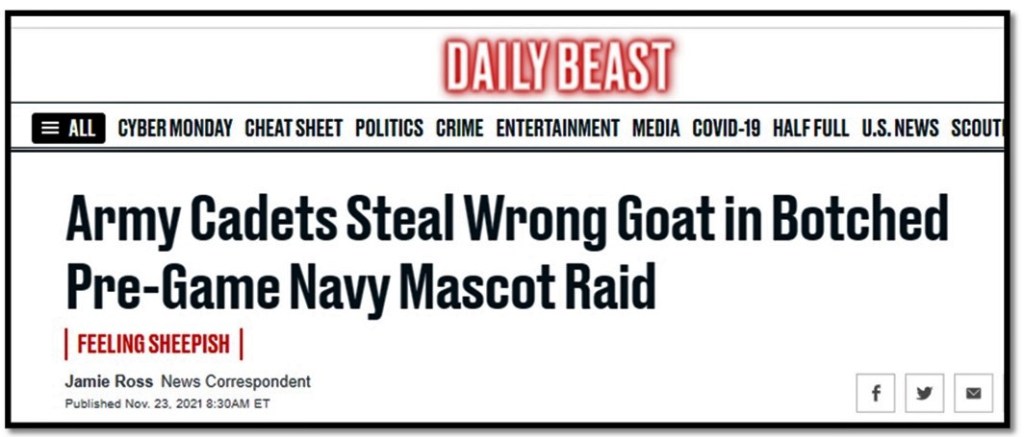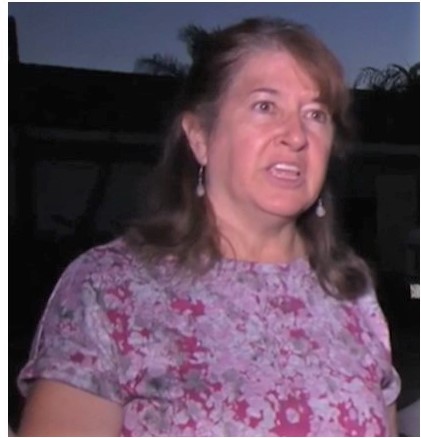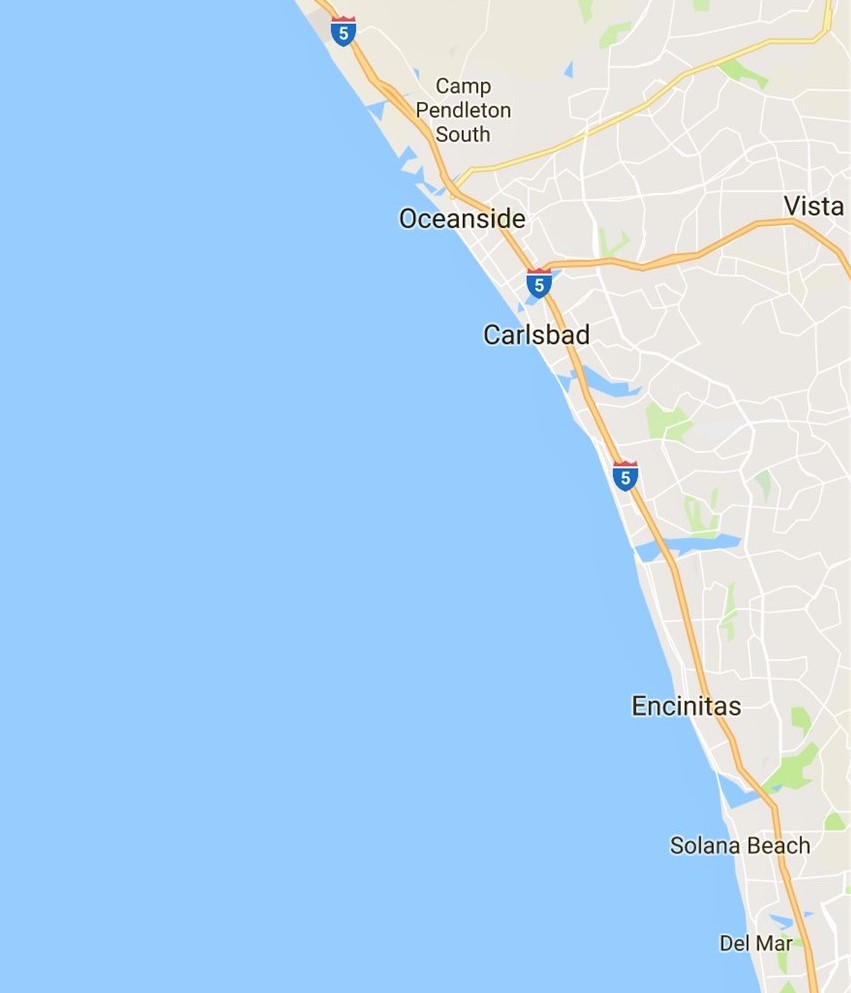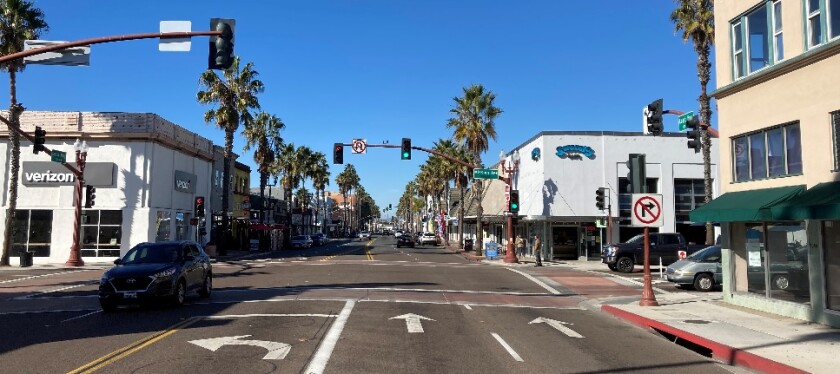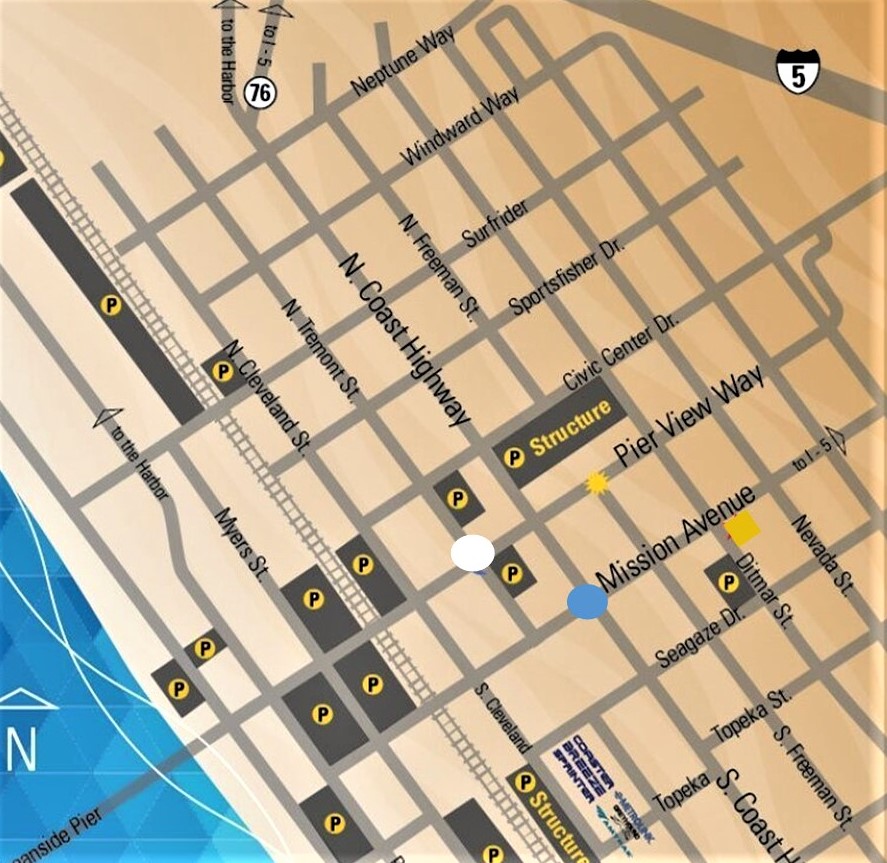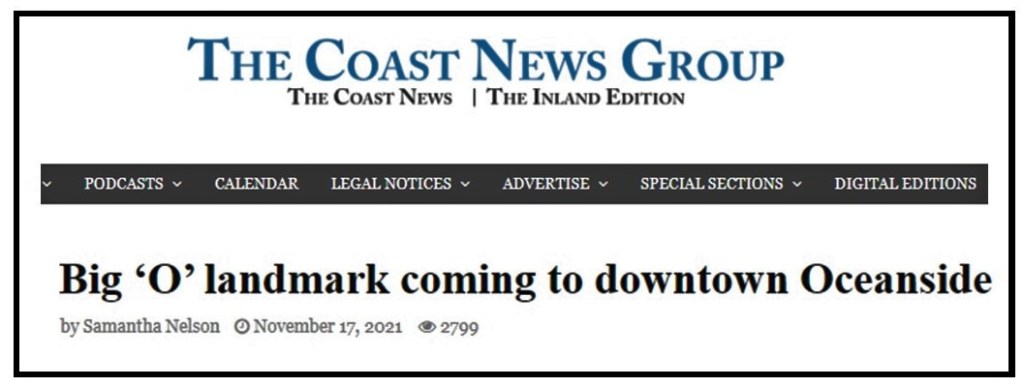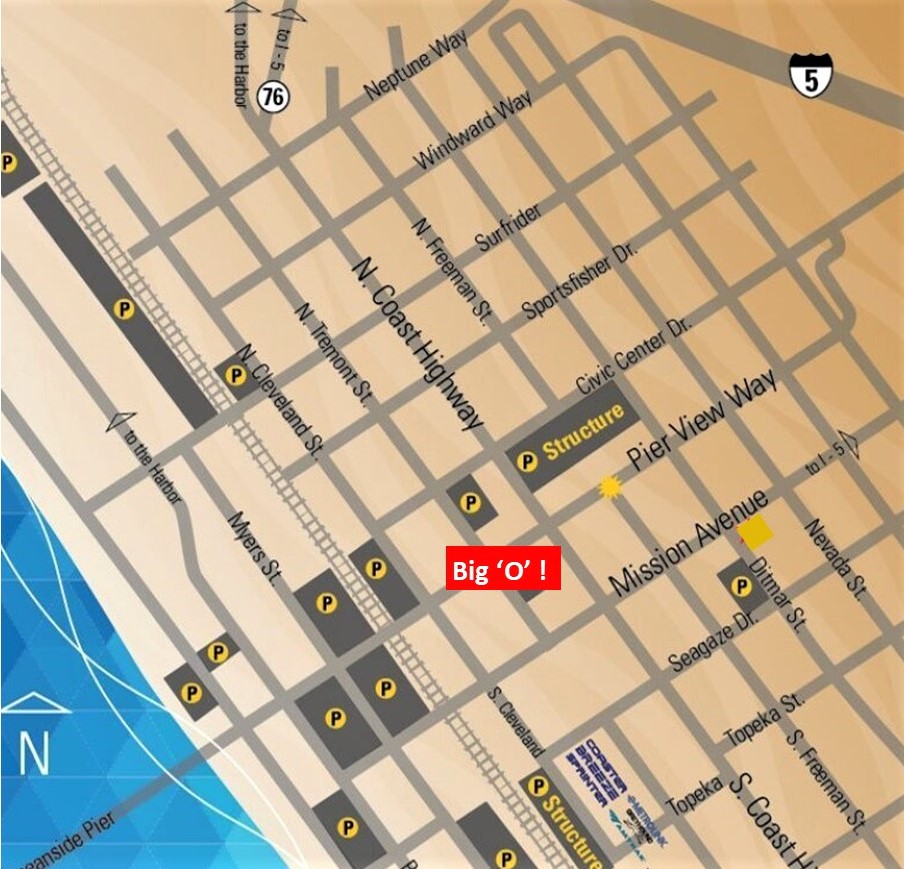BIG hullabaloo in mid-December.
And it was just in time for Christmas – if you hurried:

Of course, we remember Melania – try as we might to do otherwise.
Melania…who, during her four years in the White House was admired for:
- Her heartfelt assistance to people suffering from hurricanes and other disasters.
- Her heartfelt assistance to families who were food insecure.
- Her heartfelt assistance and holiday spirit in December 2020 when she was recorded saying, “I’m working my ass off at the Christmas stuff…who gives a fuck about the Christmas stuff and decorations?”
The answer is:
None of the above.
The highest of the highlights during Melania’s White House residence was this:

Building a tennis pavilion at the White House.
During the pandemic.
But even that Main Event may be superseded by Melania’s December 17 announcement:
Her New NFT Endeavor

What the hell is an NFT?
This article was the first of many I read for guidance:
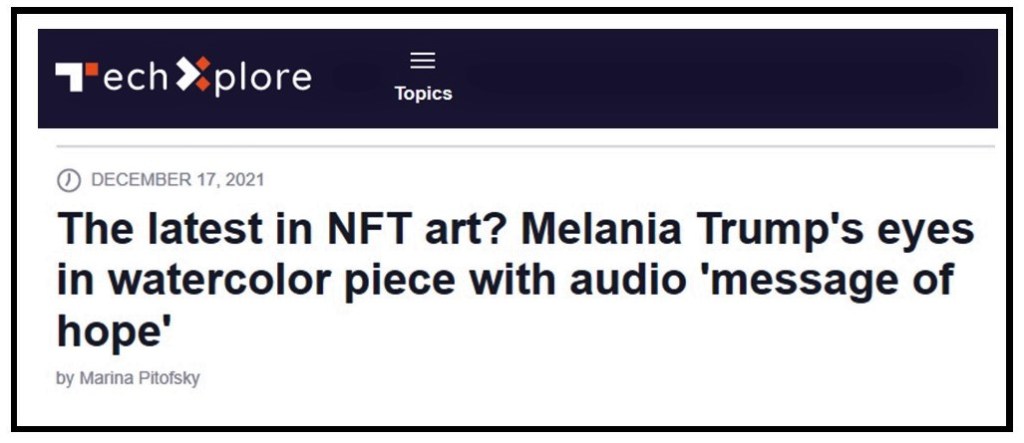
“An NFT – a non-fungible token – is a piece of data verifying that you have ownership of a digital item, such as a piece of artwork. The items can also include a video clip, a tweet and more.”
“A digital item.”
That means it exists electronically and has no physical presence.
So when you purchase an NFT, you’ve pruchased an electronic thing that says you own another electronic thing?
The article goes on to say,
“NFTs are recorded using blockchain technology. A blockchain is a decentralized, digital ledger that tracks transactions of items and assets.”
So you’ve purchased an electronic thing that says you own another electronic thing, and then yet another electronic thing tracks the other electronic things?

And, says the article, Melania’s NFT makes her…
“…the latest personality to embrace the hot digital collectible trend.”
I have two issues with that:
First: Melania is not a “personality.” To be a personality, one must have a personality.
Second: What “hot digital collectible trend”? What’s that all about?
It turns out that being an owner of, or better yet – a collector of digital art, is very trendy.
And being the creator and/or seller of that digital art and can highly profitable.
Just to be clear:
Someone decides they’re an artist. They create a digital file and call is “art.” It doesn’t exist anywhere except as an electronic file. You could buy it and print it and hang it on a wall, and only then does it become physical art.
But otherwise, it exists only out there, somewhere.
Examples abound, including this:
“…the viral 2007 video Charlie Bit My Finger fetched more than $760,000 in May.”
The what?
Yup – here it is:

“Seen by over 880 million people, Charlie Bit My Finger is the most-viewed viral video of all time. The beloved clip has become a household name and holds a special place in the hearts of many. Now, the iconic video will be removed from YouTube and one person will have the opportunity to own it in its new form as a 1/1 NFT, memorializing them in internet history forever.”
So someone paid more than three-quarters of a million dollars to buy a 56-second video of two kids because it was the “most-viewed viral video of all time”?
And now, when the buyer is at a party, they can say to anyone who cares, which I suspect isn’t a plentitude of people, “You know that Charlie Bit Me video? Well, I am the exclusive owner of it!”
But the owner isn’t holding up a CD with the Charlie video – the video exists only electronically.
So, what is the owner doing? Flashing the video around on his phone? Whipping out his iPad and pointing to it? Herding everyone over to his laptop and standing next to it, like a proud dad outside a hospital nursery?
But this story gets even more bizarre.
Despite the Charlie website assuring us that “the iconic video will be removed from YouTube and one person will have the opportunity to own it in its new form as a 1/1 NFT,” according to this article:

The father of the children, Howard Davies-Carr, said:
“After the auction we connected with the buyer, who ended up deciding to keep the video on YouTube. The buyer felt that the video is an important part of popular culture and shouldn’t be taken down. It will now live on YouTube for the masses to continue enjoying as well as memorialized as an NFT on the blockchain.”
So the buyer not only doesn’t have a physical video, they don’t even have an exclusive, one-of-a-kind, either?
Anybody can go look at Charlie Bit Me on YouTube, anytime they want?
Yes, they can:


One more example:

“…a JPG file made by Mike Winkelmann, the digital artist known as Beeple, was sold on Thursday by Christie’s in an online auction for $69.3 million with fees. The price was a new high for an artwork that exists only digitally…”
Let’s digest that for a moment.
Someone paid almost $70 million dollars for an electronic file.
Because someone else decided “I am an artist,” and decided his electronic file was “art.”
And Christie’s, that venerable auction house, agreed.
Here’s the image, entitled Everydays – The First 5000 Days:

“Beeple’s collaged JPG was made, or ‘minted,’ in February as a ‘nonfungible token’ or NFT.”
I’m assuming that for $69 million+, the purchaser has the bragging rights to a one-and-only, to flash on his phone or point to on his iPad or display on his laptop.
But…anybody can look at Everydays – The First 5000 Days, anytime online, so what’s the big deal?
Anybody can go to Google images and download it, so why pay $69 million+ for it?
Bragging rights?
Seriously?
I think this limerick sums it up well:


And speaking of crazy, let’s circle back around to Melania, her NFT, and becoming “the latest personality to embrace the hot digital collectible trend.”
According to this article:

Melania’s NFT looks like this:
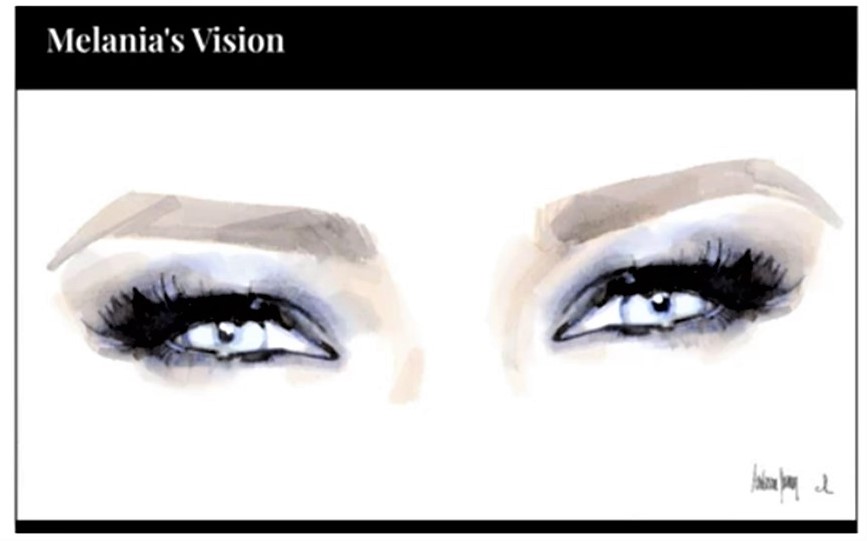
- It’s called Melania’s Vision, and it’s a watercolor of her eyes by somebody named Marc-Antoine Coulon.
- It includes a 10-second message in Melania’s disembodied voice saying, “My vision is: Look forward with inspiration, strength, and courage.”
- She said it would provide “the collector with an amulet to inspire.”
- You can purchase the eyeballs and voice amulet/NFT for 1 SOL (around $180) on the Solana blockchain.
- Credit cards also accepted.
But you better hurry:
Melania’s Vision is on sale only through today, December 31
Why, oh why, would anybody buy this?
It’s not the most-viewed viral thing of all time, like Charlie Bit Me.
It’s not exclusive – anybody can look at it online, anytime.
It’s not even good art. Hell, I question the use of the word “art” at all.
And seriously, at that New Year’s Eve party tonight, are you going to pull out your phone and say, “Hey, everybody, look what I own! It’s Melania’s eyes, and listen up – she talks to me!”
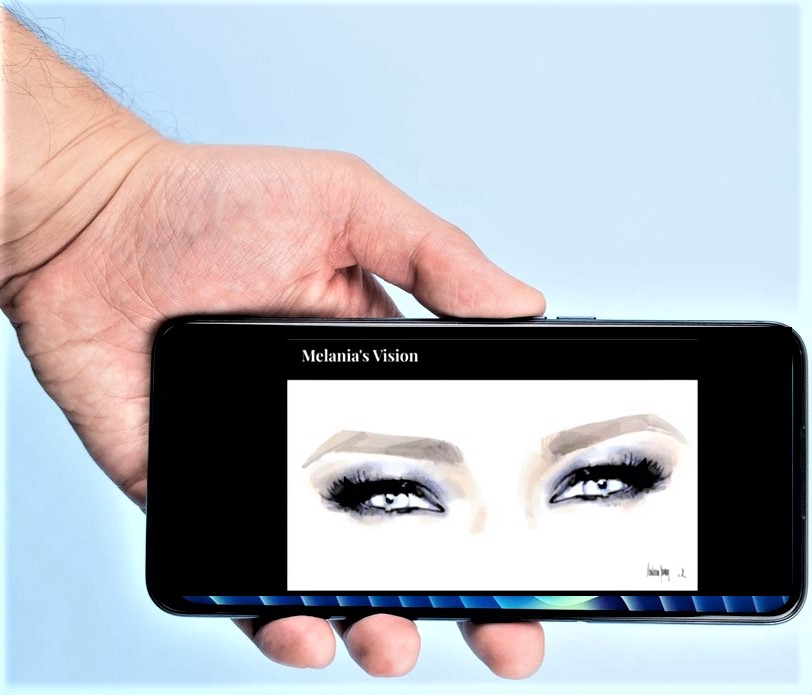
If you do, don’t be surprised if other partygoers avoid you for the rest of New Year’s Eve.
I suppose some will point to the charitable angle mentioned in Melania’s press release – that some of the proceeds will…
“…assist children aging out of the foster care system by way of economic empowerment and with expanded access to resources needed to excel in the fields of computer science and technology.”
Though I thought this article:
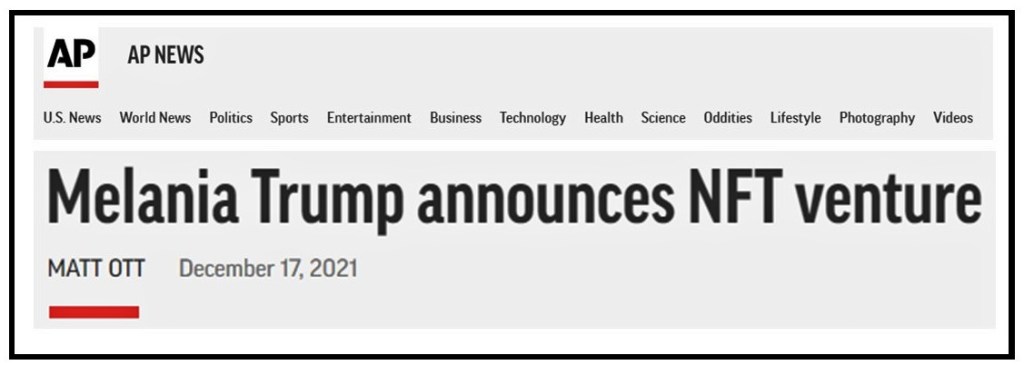
Had an interesting quote about that:
“Aaron Dorfman, president and CEO of the National Committee for Responsive Philanthropy, says when a company says ‘a portion of the proceeds’ will go to charity without indicating specifically what amount, ‘It’s a huge red flag.’
“‘It means that charity is not a serious part of their plan,’ Dorfman said. ‘It’s a marketing ploy.’”
A Trump? Involved in a “ploy”?

Shocking.
I started this post knowing nothing about NFTs and blockchains and creating, collecting, buying and selling “digital art” – what’s being called the “hot digital collectible trend.”
But now I’m in the know.
And armed with my new knowlwedge, I’m working on my own NFT, with a little help from this article:

Which says,
“…anyone can sell an NFT, and they could ask for whatever currency they want.”
And now you, too, can own…
My Melania’s Vision knockoff.
And just like Melania’s NFT, mine will talk to you, as well:
